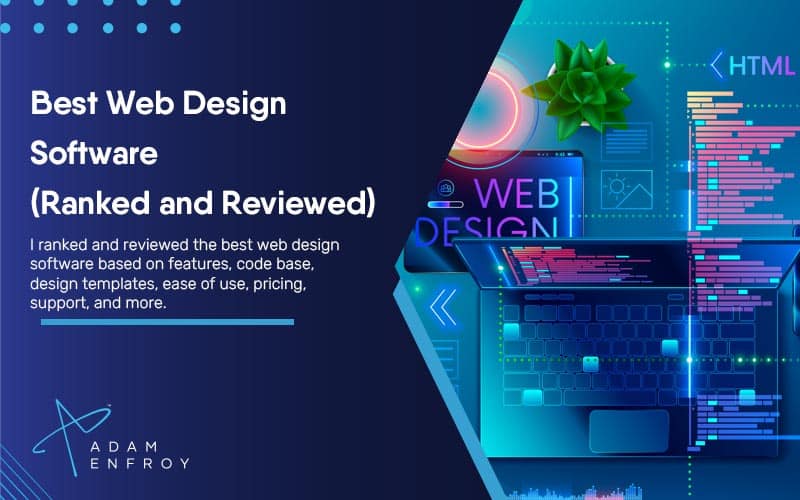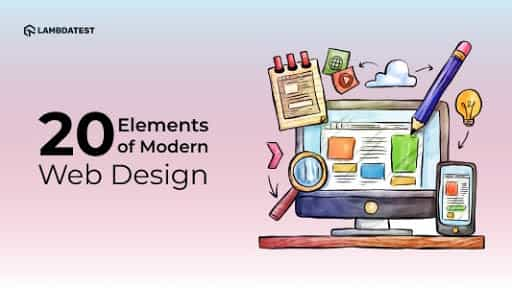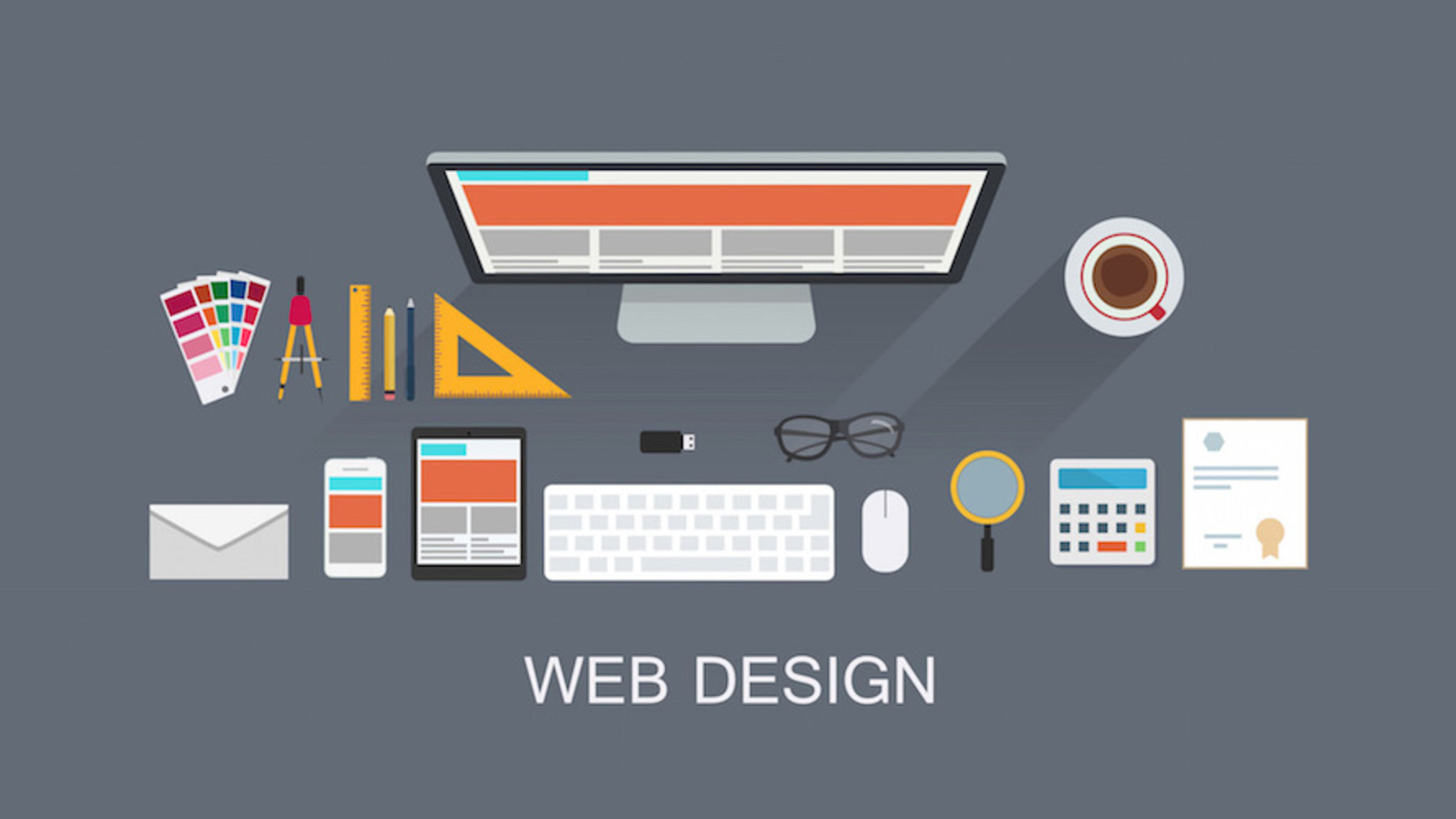All Categories
Featured
Table of Contents
- – Web Developers And Digital Designers - Bureau ...
- – Modern Website Designs - Best Web Page Design...
- – What Is Web Design? A Comprehensive Guide - W...
- – Web Designer News - The Best Curated News For...
- – Web Design Company In Orlando, Florida And Ba...
- – Top 30 Web Design Companies - Apr 2022 - Desi...
- – Html Responsive Web Design - W3schools Tips ...
- – Web Design - Wikipedia Tips and Tricks:
- – Web Design And Applications - W3c Tips and T...
- – Web Design Certificate - Web Development Cer...
- – Arch Web Design: Top-rated Web Design Agency...
Web Developers And Digital Designers - Bureau Of Labor ... Tips and Tricks:
Quick summary Functionality and the energy, not the visual style, identify the success or failure of a website. Considering that the visitor of the page is the only individual who clicks the mouse and for that reason decides everything, user-centric style has actually developed as a basic method for successful and profit-oriented website design - web design frederick md.
and the energy, not the visual style, identify the success or failure of a site. Considering that the visitor of the page is the only person who clicks the mouse and for that reason chooses everything, user-centric style has actually ended up being a basic method for effective and profit-oriented website design. After all, if users can't utilize a feature, it might as well not exist.
g. where the search box ought to be positioned) as it has currently been done in a number of articles; instead we focus on the methods which, used correctly, can result in more sophisticated style decisions and streamline the procedure of perceiving provided info. Please discover that you may be interested in the usability-related short articles we have actually published prior to: Principles Of Good Site Design And Reliable Website Design Guidelines, In order to use the principles appropriately we initially need to understand how users communicate with sites, how they think and what are the standard patterns of users' habits.
Modern Website Designs - Best Web Page Designers Tips and Tricks:
Visitors look at each new page, scan some of the text, and click the very first link that catches their interest or slightly looks like the thing they're trying to find. There are big parts of the page they don't even look at. A lot of users browse for something fascinating (or useful) and clickable; as quickly as some promising candidates are found, users click.
If a page provides users with high-quality content, they are ready to compromise the content with ads and the style of the website. This is the reason not-that-well-designed sites with top quality material acquire a lot of traffic over years. Material is more vital than the design which supports it.

Users do not read, they scan. Notification how "hot" areas abrupt in the middle of sentences. This is normal for the scanning procedure. Extremely simple principle: If a site isn't able to satisfy users' expectations, then designer failed to get his job done correctly and the company loses cash. The greater is the cognitive load and the less intuitive is the navigation, the more willing are users to leave the website and look for options.
What Is Web Design? A Comprehensive Guide - Wix.com Tips and Tricks:
Neither do they scan web page in a linear fashion, going sequentially from one site section to another one. Instead users satisfice; they select the very first affordable option. As quickly as they discover a link that seems like it may lead to the goal, there is a great possibility that it will be immediately clicked.
It does not matter to us if we understand how things work, as long as we can utilize them. If your audience is going to act like you're designing signboard, then design terrific billboards." Users wish to be able to manage their browser and depend on the consistent information presentation throughout the site.
If the navigation and site architecture aren't user-friendly, the number of question marks grows and makes it harder for users to understand how the system works and how to get from point A to point B. A clear structure, moderate visual hints and quickly recognizable links can assist users to discover their course to their goal.
Web Designer News - The Best Curated News For Designers Tips and Tricks:

Since users tend to check out websites according to the "F"-pattern, these three declarations would be the first aspects users will see on the page once it is loaded. The style itself is basic and user-friendly, to comprehend what the page is about the user needs to browse for the answer.
When you have actually attained this, you can communicate why the system is beneficial and how users can gain from it. People will not use your website if they can't find their method around it. 2. Don't Misuse Users' Perseverance, In every task when you are going to offer your visitors some service or tool, try to keep your user requirements minimal.
Newbie visitors are prepared to, not filling long web kinds for an account they might never ever use in the future. Let users check out the site and find your services without requiring them into sharing personal data. It's not affordable to require users to get in an e-mail address to evaluate the feature.
Web Design Company In Orlando, Florida And Bangor, Maine Tips and Tricks:
And that's what you desire your users to feel on your web site. The registration can be done in less than 30 seconds as the type has horizontal orientation, the user doesn't even need to scroll the page.
A user registration alone is adequate of an impediment to user navigation to cut down on incoming traffic. 3. Manage To Focus Users' Attention, As sites offer both static and dynamic content, some aspects of the interface attract attention more than others do. Obviously, images are more attractive than the text simply as the sentences marked as vibrant are more attractive than plain text.
Focusing users' attention to particular locations of the website with a moderate usage of visual aspects can help your visitors to get from point A to point B without thinking about how it really is expected to be done. The less concern marks visitors have, the they have and the more trust they can develop towards the company the site represents.
Top 30 Web Design Companies - Apr 2022 - Designrush Tips and Tricks:
Aim For Function Exposure, Modern web designs are generally slammed due to their technique of directing users with aesthetically appealing 1-2-3-done-steps, large buttons with visual effects and so on. From the design perspective these elements really aren't a bad thing.
The website has 9 main navigation options which are visible at the very first glimpse. What matters is that the content is well-understood and visitors feel comfortable with the method they communicate with the system.
Instead a price: just what visitors are looking for. An optimal option for effective writing is touse short and succinct expressions (come to the point as rapidly as possible), usage scannable design (classify the content, utilize numerous heading levels, use visual components and bulleted lists which break the circulation of uniform text blocks), usage plain and unbiased language (a promo doesn't require to sound like advertisement; offer your users some sensible and objective reason why they must utilize your service or stay on your website)6.
Html Responsive Web Design - W3schools Tips and Tricks:
Users are hardly ever on a website to delight in the design; moreover, most of the times they are looking for the details in spite of the design - web design frederick md. Strive for simplicity instead of intricacy. From the visitors' point of view, the best site design is a pure text, without any advertisements or further content blocks matching precisely the inquiry visitors utilized or the content they have actually been looking for.
Finch clearly presents the details about the site and offers visitors an option of options without overcrowding them with unnecessary content. Not only does it assist to for the visitors, however it makes it possible to view the details provided on the screen.
Complex structures are harder to read, scan, examine and work with. If you have the option between separating two style segments by a noticeable line or by some whitespace, it's typically much better to use the whitespace option. (Simon's Law): the better you manage to supply users with a sense of visual hierarchy, the much easier your content will be to perceive.
Web Design - Wikipedia Tips and Tricks:
The very same conventions and guidelines must be used to all elements.: do the most with the least quantity of cues and visual aspects. 4 significant points to be considered: simplicity, clearness, diversity, and focus. Simplicity includes just the elements that are most important for communication. Clarity: all elements must be created so their meaning is not ambiguous.
Conventions Are Our Buddies, Traditional design of website components does not lead to a dull website. As they lower the finding out curve, the requirement to figure out how things work. For example, it would be an usability nightmare if all sites had various visual discussion of RSS-feeds. That's not that various from our regular life where we tend to get used to basic concepts of how we organize information (folders) or do shopping (placement of items).
understand what they're expecting from a website navigation, text structure, search positioning etc. A case in point from use sessions is to translate the page in Japanese (assuming your web users do not know Japanese, e. g. with Babelfish) and provide your functionality testers with a task to find something in the page of various language.
Web Design And Applications - W3c Tips and Tricks:
Test Early, Test Frequently, This so-called TETO-principle needs to be applied to every web style task as usability tests typically provide into substantial problems and concerns related to a given layout. Test not too late, not too little and not for the incorrect factors.
Some crucial indicate keep in mind: according to Steve Krug, and testing one user early in the job is much better than testing 50 near the end. Accoring to Boehm's very first law, mistakes are most frequent during requirements and style activities and are the more expensive the later on they are removed.
That means that you develop something, test it, fix it and after that check it again. There might be issues which haven't been discovered during the preliminary as users were practically obstructed by other problems. functionality tests. Either you'll be indicated the issues you have or you'll be indicated the absence of major design defects which is in both cases a helpful insight for your task.
Web Design Certificate - Web Development Certificate Program Tips and Tricks:

This holds for designers as well. After you've worked on a website for few weeks, you can't observe it from a fresh viewpoint anymore. You know how it is developed and for that reason you know precisely how it works you have the wisdom independent testers and visitors of your site wouldn't have.
It can be linked to other areas such as graphic style, user experience, and multimedia arts, but is more aptly seen from a technological perspective. It has become a big part of individuals's daily lives. It is hard to imagine the Web without animated graphics, different designs of typography, background, videos and music.

During 1991 to 1993 the Web was born. Text-only pages might be seen using an easy line-mode internet browser. In 1993 Marc Andreessen and Eric Bina, produced the Mosaic internet browser. At the time there were several web browsers, nevertheless the bulk of them were Unix-based and naturally text heavy. There had actually been no integrated approach to graphic design components such as images or sounds.
Arch Web Design: Top-rated Web Design Agency For Saas ... Tips and Tricks:
The W3C was produced in October 1994 to "lead the Internet to its complete potential by establishing typical procedures that promote its development and ensure its interoperability." This prevented any one business from monopolizing a propriety internet browser and programming language, which might have modified the effect of the World Wide Web as a whole.
As this has taken place the technology of the web has actually also moved on. There have actually likewise been considerable modifications in the method people use and access the web, and this has altered how sites are created.
Learn more about Lovell Media Group LLC or TrainACETable of Contents
- – Web Developers And Digital Designers - Bureau ...
- – Modern Website Designs - Best Web Page Design...
- – What Is Web Design? A Comprehensive Guide - W...
- – Web Designer News - The Best Curated News For...
- – Web Design Company In Orlando, Florida And Ba...
- – Top 30 Web Design Companies - Apr 2022 - Desi...
- – Html Responsive Web Design - W3schools Tips ...
- – Web Design - Wikipedia Tips and Tricks:
- – Web Design And Applications - W3c Tips and T...
- – Web Design Certificate - Web Development Cer...
- – Arch Web Design: Top-rated Web Design Agency...
Latest Posts
Mrw Web Design - Wordpress Websites For Nonprofits ... Tips and Tricks:
The Top 10 Most Important Elements Of A Website Design Tips and Tricks:
Otc Web Design Girdwood, Alaska - Web Design & Google ... Tips and Tricks:
More
Latest Posts
Mrw Web Design - Wordpress Websites For Nonprofits ... Tips and Tricks:
The Top 10 Most Important Elements Of A Website Design Tips and Tricks:
Otc Web Design Girdwood, Alaska - Web Design & Google ... Tips and Tricks: